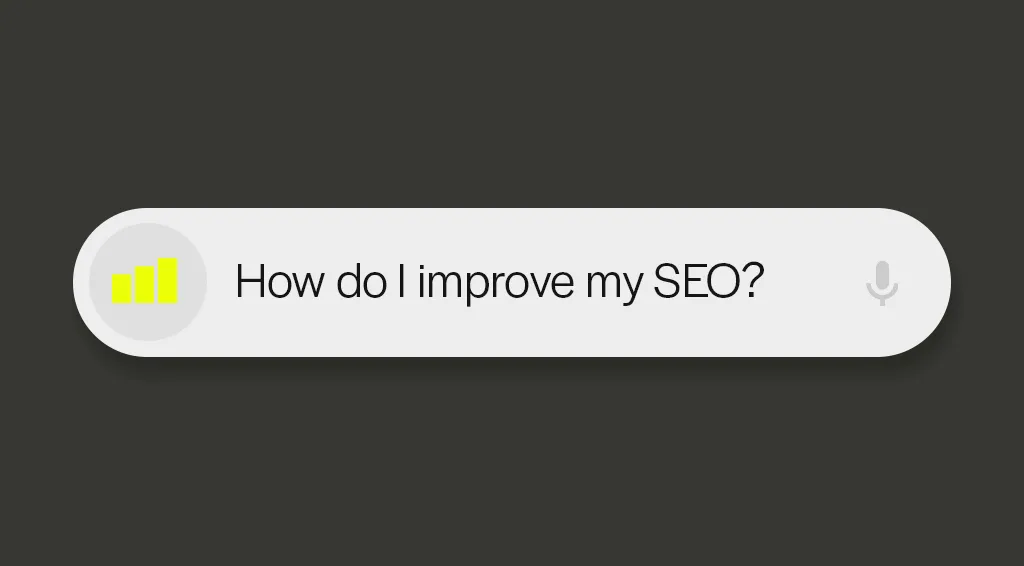
SEO Clusters & Why They Matter
Hey there, SEO aficionados! Today, let’s dive headfirst into the ocean of SEO clusters and unravel the magic they bring to advertising.
Just like in the real world, connections and relationships matter, and that’s precisely what SEO clusters are here to amplify.
So, what’s the buzz about these clusters, and why should you care? Let’s zoom in on the intricacies and get our tools at the ready to make some clusters of our very own!
The Essence of SEO Clusters
As part of a wider SEO strategy, an SEO cluster is a strategic grouping of content that revolves around a central topic or pillar page. Unlike traditional SEO practices that focus on individual keywords, SEO clusters take a holistic approach by creating a network of interlinked pages. The primary objective is to enhance the website’s authority on a specific subject, signaling to search engines that your site is an authoritative source within a particular niche.
Pillar Pages, the Foundation of SEO Clusters
Central to the concept of SEO clusters are pillar pages or articles, comprehensive pieces of content that serve as the cornerstone for a given topic. These pillar pages cover a broad range of information, addressing the main aspects of a subject in depth, while serving as the ultimate evergreen source of truth that your cluster content will always link back to. However, do remember that evergreen content doesn’t mean it won’t require updating from time to time — as the sector, topic, or facts around a particular piece content change, so should the piece itself. Search engines recognize pillar pages as authoritative resources, boosting the overall credibility of your website.
Cluster Content
Around the pillar page, a cluster is formed through the creation of supporting content or articles , which delves into specific subtopics related to the overarching theme. This content should be seamlessly interconnected through internal links, creating a content cluster that strengthens the relevance and coherence of the entire topic. As users navigate through the cluster, they are guided through a comprehensive exploration of the subject matter.
Enhanced User Experience and Engagement
SEO clusters not only cater to search engine algorithms but also prioritize the user experience. By offering a structured and informative content journey, visitors will view you as an authority and are more likely to engage with multiple pages within the cluster. This increased dwell time and interaction contribute positively to your website’s overall performance metrics, potentially improving your search engine rankings.

SEO Cluster Benefits
Improved Search Engine Rankings
By establishing authority on a specific topic, SEO clusters enhance your website’s visibility in search engine results, increasing the likelihood of attracting organic traffic.
Increased Relevance
The interconnected nature of cluster content signals to search engines that your website provides comprehensive information on a given subject, boosting its relevance within the niche. We recommend reading up on Google’s E-E-A-T to learn a bit more about this!
Enhanced User Trust
Users are more likely to trust a website that offers a thorough exploration of a topic. SEO clusters build trust by providing valuable, in-depth information.
Adaptability to Algorithm Changes
SEO clusters are resilient to algorithm updates as they prioritize a user-centric approach and align with search engines’ evolving emphasis on content quality and relevance.
Keyword Research & Harnessing Autocompletes
Utilizing keyword tools and autocomplete features effectively is paramount in the strategic construction of SEO clusters. These tools serve as invaluable resources for understanding user search behavior, identifying relevant terms, and creating content that aligns with the queries users are making.
Keyword tools, such as Google Keyword Planner or SEMrush, enable you to explore the search volume, competition, and variations of specific keywords related to your chosen topic. Start by entering the central theme of your SEO cluster into these tools to generate a list of potential keywords and phrases. Look for a mix of short-tail and long-tail keywords to capture a diverse range of user intents and search patterns.
Additionally, leverage autocomplete features provided by search engines like Google. When users begin typing a query into the search bar, autocomplete suggests completions based on popular and relevant searches. This real-time insight into user queries can be a goldmine for discovering specific subtopics or long-tail keywords that may not have been apparent through traditional keyword research.
As you gather this data, identify keywords that align with the broader theme of your pillar page. These keywords can then inform the creation of supporting cluster content. Each identified keyword or phrase can become a potential subtopic, allowing you to build a content cluster that comprehensively covers the main subject from various angles.
While incorporating keywords into your content, focus on natural integration to maintain readability and user engagement. Craft content around these keywords, ensuring each piece adds unique value and addresses specific aspects of the overarching topic. This approach not only aligns with search engine algorithms but also provides a holistic and informative experience for your audience.
Moreover, consider the questions users ask as you delve into autocomplete suggestions. Crafting content that directly addresses these questions not only improves your chances of ranking for specific queries but also aligns with the user’s search intent, contributing to a positive user experience.
Regularly revisit your keyword research and autocomplete insights to stay updated on evolving user behavior and search trends. This iterative process allows you to refine your SEO cluster strategy, ensuring that your content remains relevant and effectively captures the nuances of your chosen topic. By leveraging keyword tools and autocompletes in this way, you’ll be well-equipped to build SEO clusters that resonate with your target audience and strengthen your website’s visibility in search engine results.

Internal Linking
Internal linking is a crucial aspect of website structure and content organization that involves creating hyperlinks from one page on a website to another page within the same domain. These links play a pivotal role in guiding users through the site, establishing a hierarchical structure, and providing search engines with valuable information about the relationship between different pages. Internal linking contributes significantly to user navigation and overall user experience, making it easier for visitors to explore related content seamlessly.
In the context of SEO clusters, internal linking takes on a strategic role in connecting the various components of a cluster. When implementing an SEO cluster strategy, a central pillar page is surrounded by supporting cluster content, each addressing specific subtopics. These pages become interconnected through internal links, forming a cohesive and informative network. This interconnected structure serves both user needs and search engine algorithms by facilitating a logical flow of information and signaling the thematic relevance and depth of the content within the cluster.
The links between the pillar page and supporting cluster content create a content hierarchy, with the pillar page acting as the primary source of comprehensive information and the supporting pages delving into specific aspects. This hierarchical organization enhances the cluster’s overall topical authority in search engines’ eyes. Additionally, internal links distribute authority and PageRank within the cluster, helping to boost the visibility and ranking potential of all interconnected pages.
From a user perspective, internal links within SEO clusters encourage deeper topic exploration. As users navigate through the interconnected pages, they can seamlessly transition from the broader overview provided by the pillar page to more detailed insights offered by the cluster content. This not only enhances user engagement but also contributes to longer dwell times, which are favorable for SEO.
By creating a network of interlinked pages around a central pillar, you establish a coherent and authoritative structure that not only caters to user navigation but also aligns with search engine algorithms, ultimately contributing to improved SEO performance and visibility.
Conclusion
So, there you have it – your beginner’s guide to diving into the world of SEO clusters.
Now that you’re armed with the knowledge of what SEO clusters are and how they can turbocharge your website’s visibility, it’s time to roll up your sleeves and get started.
Begin by identifying that central pillar page, the beacon your cluster will orbit around. Dive into keyword tools and autocomplete features to uncover the gems that will shape your supporting cluster content.
Remember, it’s all about creating a comprehensive narrative that captivates your audience. And as you weave this web of interconnected pages, don’t forget the magic of internal linking – the glue that binds your cluster together. So, let your creativity flow, mix in some data-driven insights, and build an SEO cluster that not only climbs the ranks but also keeps your audience coming back for more.
Share
Jaz Singh
Brand Manager, Adcash
Hailing from London, Jaz traded in the life of rainy Britain for the snowy pastures of Estonia. Since joining the ever-exciting world of Adcash, his major preoccupations have included writing punchy copy, perusing meme pages for the sake of social media strategy research, and overusing the 🤙 emoji.






Join the conversation
Your email address will not be published. Required fields are marked *